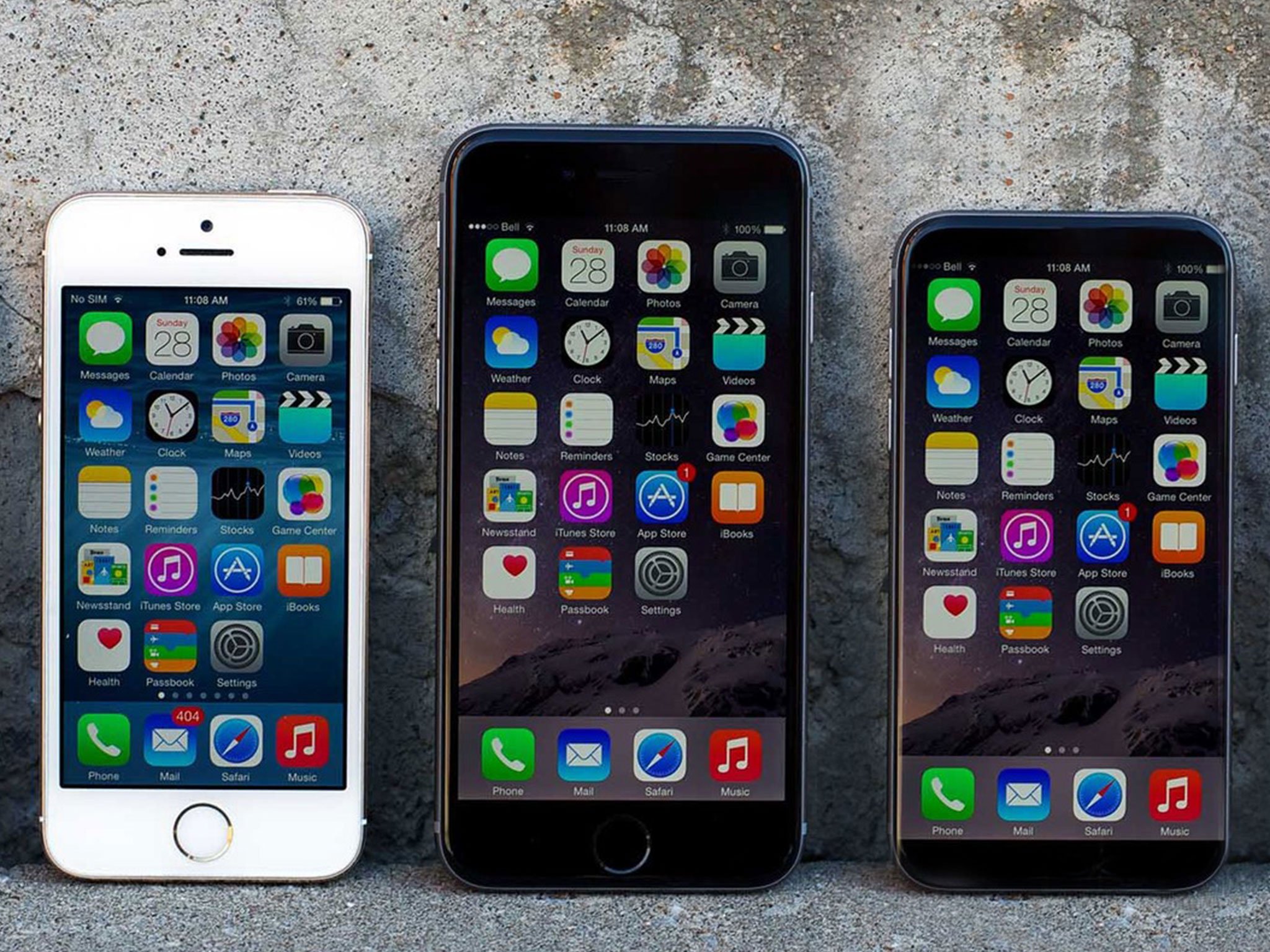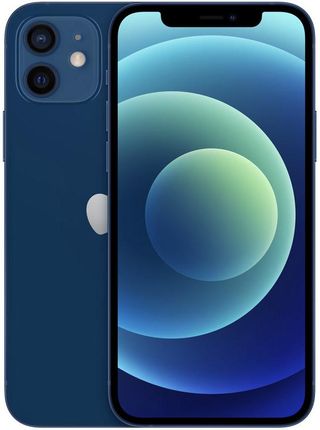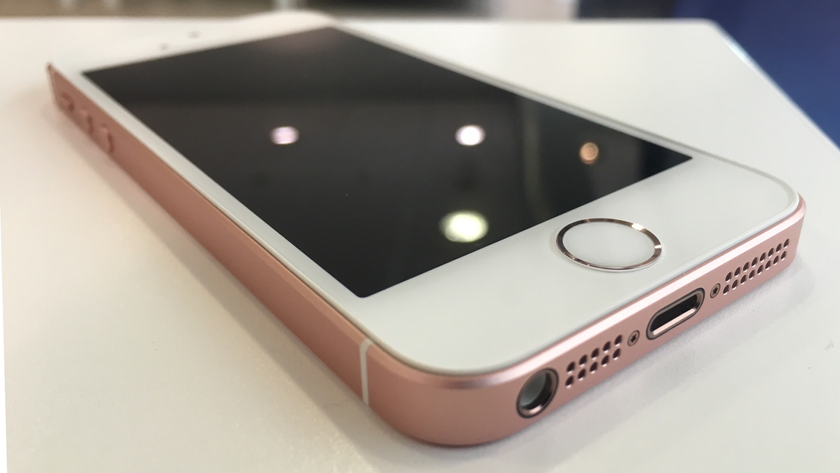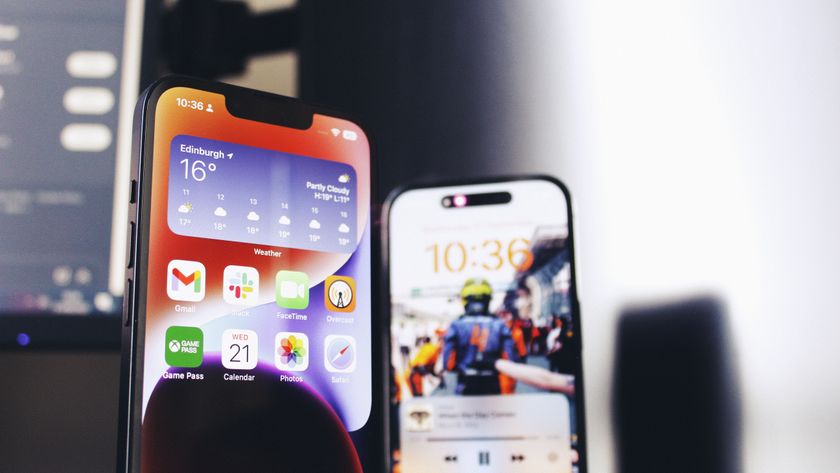Do people really want smaller screens... or smaller iPhones?

Now that the iPhones 6 have shipped, with 4.7- and 5.5-inch displays respectively, it's just as likely you'll see someone calling for Apple to go back to 4-inches. The argument for bigger screens is that they're larger windows into the internet and apps. The argument for smaller screens is that they're easier to use one-handed, especially for people with smaller hands. But is the latter really an argument for smaller screens... or for smaller phones?
I use an iPhone 6 Plus most days. It's gotten to the point that, when I pick up an iPhone 6, it feels small. An iPhone 5, by comparison, feels tiny and almost claustrophobic. An iPhone 4 feels like an iPhone nano. That's what our minds do to us. They reset to a new normal and make everything that came before seem suddenly strange and different. Yet, inarguably, the iPhone 6 Plus is harder for me to use one handed. It's harder to reach some parts of the screen and harder to balance while trying to reach.
Imagine a future iPhone where the screen goes to the edge.
I don't have that problem with the iPhone 6. It works absolutely fine for me one-handed. But some people do, and they're typically the ones who want Apple to make a 4-inch iPhone again.
Part of the issue is that, for the iPhone 6 and iPhone 6 Plus, Apple scaled up not just the screen but the entire phone. It's what had to be done for this generation of devices, but it also leaves a lot of opportunity for paring down in the future. That's something Apple's been doing as consistently as increasing screen size, after all.
Imagine a future iPhone where the screen goes to the edge on both sides, disappearing not at the curve but as the curve. Imagine an iPhone where the FaceTime camera and earpiece take up almost no space, and the screen reaches almost all the way to the top. And imagine an iPhone where the Home button is replaced by some new technology that can still allow for a physical escape to a known state, that can still scan fingerprints and authenticate, but that also lets the screen reach almost all the way to the bottom.
Apple is already using the digital crown on the side of the Apple Watch to trigger Home screen return, and force touch on the screen to trigger contextual menus. There are also patents for potentially fingerprint-reading cameras that work from behind displays, or on the backs of devices, so who knows what else might be possible?
A physical Home button on the side? A Force Touch home button with Touch ID on the screen? Such a future iPhone would still provide for a bigger window into the internet and apps but also be more accessible to one-handed use and small handed users.
Master your iPhone in minutes
iMore offers spot-on advice and guidance from our team of experts, with decades of Apple device experience to lean on. Learn more with iMore!
Over time it doesn't seem like it's screen size that regresses, It's form factor that progresses.
When you compare the original iPhone to the iPhone 6, the screen-to-phone ratio sure looks like its been moving in the right direction — more screen, less phone.
It's requiring massive leaps forward in engineering each time to make sure all the components, including batteries and cameras, can keep providing great results even when they're crammed into increasingly small spaces. But Apple's pulling it off, time and time again.
An iPhone with a big screen and a small form factor might not be in the cards for the iPhone 7 or even the iPhone 8. And maybe there will indeed be a 4-inch iPhone 6c at some point. But over time it doesn't seem like it's screen size that regresses, It's form factor that progresses.
We may not be anywhere close to the the credit card-thin, transparent aluminum phones seen in Iron Man or Avatar, but my point here is this — when people say they want the return of 4-inch screens, what they really want is a return to the iPhone 5 phone size, and historically, that seems a much more Apple-like direction to go.

Rene Ritchie is one of the most respected Apple analysts in the business, reaching a combined audience of over 40 million readers a month. His YouTube channel, Vector, has over 90 thousand subscribers and 14 million views and his podcasts, including Debug, have been downloaded over 20 million times. He also regularly co-hosts MacBreak Weekly for the TWiT network and co-hosted CES Live! and Talk Mobile. Based in Montreal, Rene is a former director of product marketing, web developer, and graphic designer. He's authored several books and appeared on numerous television and radio segments to discuss Apple and the technology industry. When not working, he likes to cook, grapple, and spend time with his friends and family.












